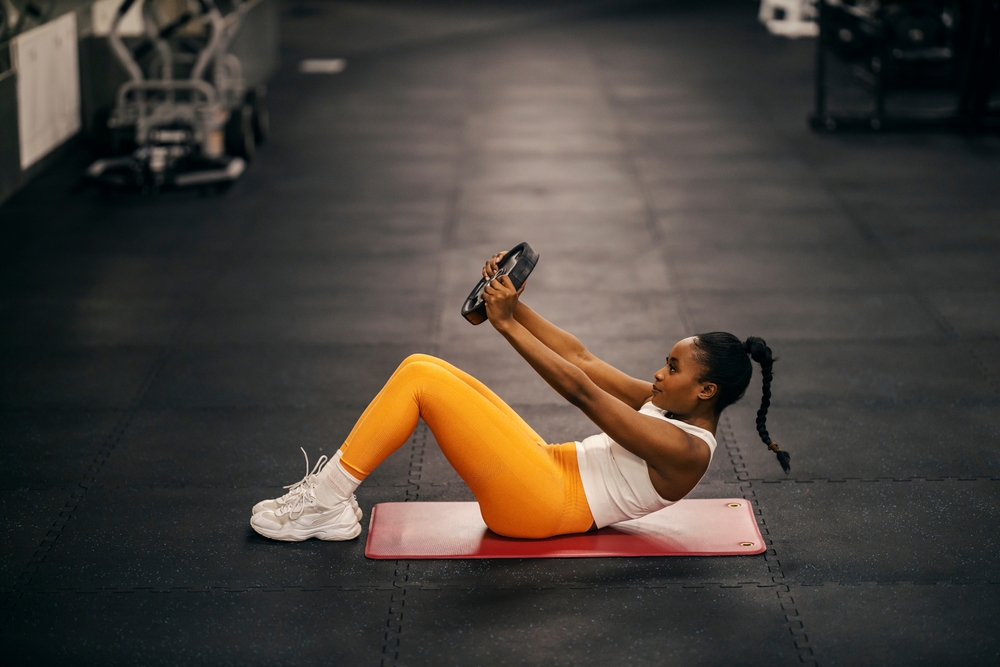Are you ready to elevate your core workout and target those stubborn lower abs? The reverse crunch is an effective exercise focusing on hard-to-reach abdominal muscles, helping you build a strong, defined core.
Why choose the reverse crunch?
The reverse crunch is praised by fitness experts for its ability to strengthen the lower abs while also alleviating lower back pain. According to Corrine Carnation, a certified personal trainer, this exercise engages key muscles such as the rectus abdominis, transverse abdominis, obliques, and psoas, promoting overall stability and balance.
How to perform the reverse crunch with proper form
- Lie on your back with legs extended and arms by your sides. For extra support, place your hands under your hips. Press your lower back into the floor and pull your belly button towards your spine.
- Engage your lower abs and lift your legs towards the ceiling, curling your knees towards your chest. Your lower back should slightly lift off the ground while your upper back remains on the floor.
- Slowly lower your hips back to the ground and extend your legs to the starting position. Keep your feet hovering just above the mat to maintain tension in your abs between reps.
Key benefits of the reverse crunch
- Targets lower abs: Unlike standard crunches that focus on the upper abs, the reverse crunch effectively isolates the lower abs.
- Less strain: This exercise reduces strain on the neck and back, making it a safer option for beginners or those with discomfort.
- Improves core stability: Engaging the transverse abdominis enhances overall core stability, benefiting various physical activities.
- Adds variety: Incorporating reverse crunches into your routine keeps your workouts fresh and challenging.
Common mistakes to avoid
- Avoid slamming your hips down; control the movement with your core.
- Don’t use momentum; focus on using your abdominal muscles.
- Rest your head on the floor to prevent neck strain.
- Keep your lower back pressed into the floor to avoid strain.
Can beginners do the reverse crunch?
Absolutely! Beginners can start with fewer reps and focus on mastering the form. As strength builds, gradually increase the range of motion and repetitions.
Integrating the reverse crunch into your routine
To incorporate reverse crunches, add them to your warmup or as a finisher 1-3 times per week, aiming for 2-3 sets of 12-15 reps. They pair well with other ab exercises like planks and bicycle crunches.
The reverse crunch is a powerful addition to any fitness routine, especially for those looking to strengthen and tone their lower abs. With proper form and consistency, you can achieve a stronger, more defined core.





